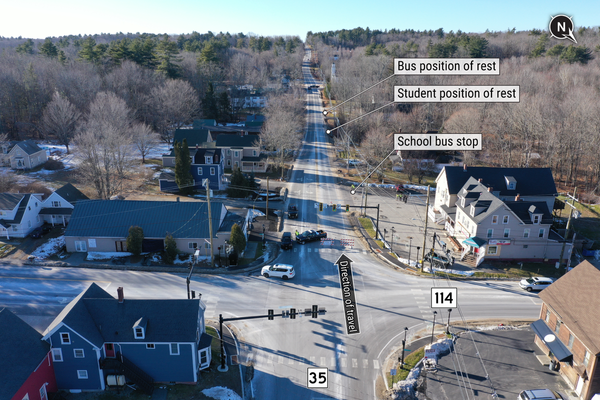
Six months ago, before the Reserve Bank of Australia began raising interest rates, it outlined the risks to financial markets, including the level of housing loans, with household debt relative to income already high, Russia’s invasion of Ukraine and even the need for enhanced cybersecurity.
On Friday, the RBA will release its half-yearly financial stability review just days after raising its cash rate for a record sixth consecutive month. Tuesday’s rate rise is tipped to be 50 basis points, taking the rate to 2.85%, marking the fastest run-up since 1994.
Economists will zero in on the language the bank uses to explain its rates decision. For instance, will gathering global economic headwinds, including those whipped up by Britain’s calamitous fiscal adventures, give the governor, Philip Lowe, cause to slow or pause the rate increases?
“We think the strength in the domestic data and persistence in global inflation pressures outweigh market turmoil following the UK’s mini-budget and heightened expectations of a global recession,” said ANZ senior economists Catherine Birch and Adelaide Timbrell.
It was quite likely that the words “over the months ahead” in relation to further interest rate rises would be dropped from Lowe’s statement, they said.
But wording such as the RBA “expects to increase interest rates further” was likely to remain, giving it flexibility as global market gyrations, including falling stock prices and higher borrowing costs, play out.
“We do believe a pause in the cycle is approaching, just not until 2023,” the ANZ economists said. They predict smaller 25 basis point rises in both November and December, with the cash rate peaking at 3.35%.
Most forecasts for Tuesday were for a half-percentage point rise. The Commonwealth bank was the notable exception, predicting a 25 basis-point rise and a peak RBA cash rate of 2.85%.
CBA’s chief economist, Gareth Aird, said: “We believe the domestic backdrop does not warrant another super-sized rate hike, particularly given the RBA has recently acknowledged that ‘the full effects of higher interest rates [are] yet to be felt in mortgage payments’.”
NAB’s chief economist, Alan Oster, said he would be looking for signs the RBA was shifting back to quarter-percentage point moves. That should happen in November, following Tuesday’s 50 basis points rise, before the central bank pauses in December.
Oster said the RBA’s decision would probably be independent of the US Federal Reserve’s recent rate surge to contain inflation.
“They don’t seem to care if they are trigging a [US] recession or not,” he said. “I think RBA is more careful – or I hope so.”
The delay of at least three months between rate rises and the full impact being passed on to borrowers is another reason the RBA might take a break. “October, November is when the rate rises hit consumers,” Oster said. “Hence, we will be looking at new data flows very carefully.”
Real estate figures out on Monday from CoreLogic showed the pace of price falls eased in September. Values were down 1.4% for the month, less than August’s 1.6% drop.
The RBA’s April stability report noted regulators had an “ongoing focus” on risks from the housing market, particularly after an increased share of lending “at high debt-to-income ratios in recent times”.
CoreLogic’s research director, Tim Lawless, said there was still little hint the drop in property markets had prompted panic selling.
For one thing, he said, a 15% drop in national home values from recent peaks – as the RBA has signalled is possible – would only take them back to April 2021 levels. A 20% drop would return them to January 2021 levels, or roughly their average at the end of 2017.
Melbourne, where prices didn’t rise as much as other state capitals during the Covid pandemic, was more “precarious”, he said. A 20% drop would take average prices there back to November 2016 levels.
Lawless noted the number of property listings was still going south during spring, when it typically takes off. Listings were down 12% on the previous year as at 25 September, and 10% below the five-year average.
“It looks like vendors are just waiting on the sidelines for the dust to settle and maybe selling conditions to improve,” he said. “[T]here’s no obvious signs of distress or panic selling or dumping of stock on the market.” The low jobless rate was likely one factor.







